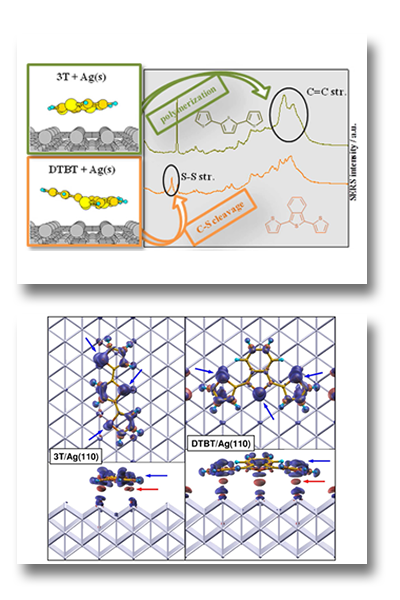Thanks to their characteristics of speed, portability and low-cost, the biosensors can find application in a series of fields from agrifood, to health care, passing through aerospace and outodoor/indoor pollution detection in a market that should expand up to $ 30 billion worldwide by 2024. Due to the large amount of compounds that need to be monitored, the fabrication of easy-to-use and cheap sensors is essential.
The ElectroSpray Ionization (ESI) technique has proven to perform excellently in the deposition of enzyme thin films on any conductive substrate, through solution nebulization.
At ISM the ESI process has been exploited for the first time as an immobilisation method to deposit Laccase enzyme on Screen Printed Electrodes (SPE) in order to obtain reproducible and reliable biosensors for phenol detection. The method overcomes the problems of anchoring the enzyme and the produced device shows increased working and storage stability .
Staff: Lorenzo Avaldi, Paola Bolognesi, Mattea Carmen Castrovilli, Jacopo Chiarinelli, Annarita Casavola, Laura Carlini.


 English (UK)
English (UK)  Italiano (Italia)
Italiano (Italia)